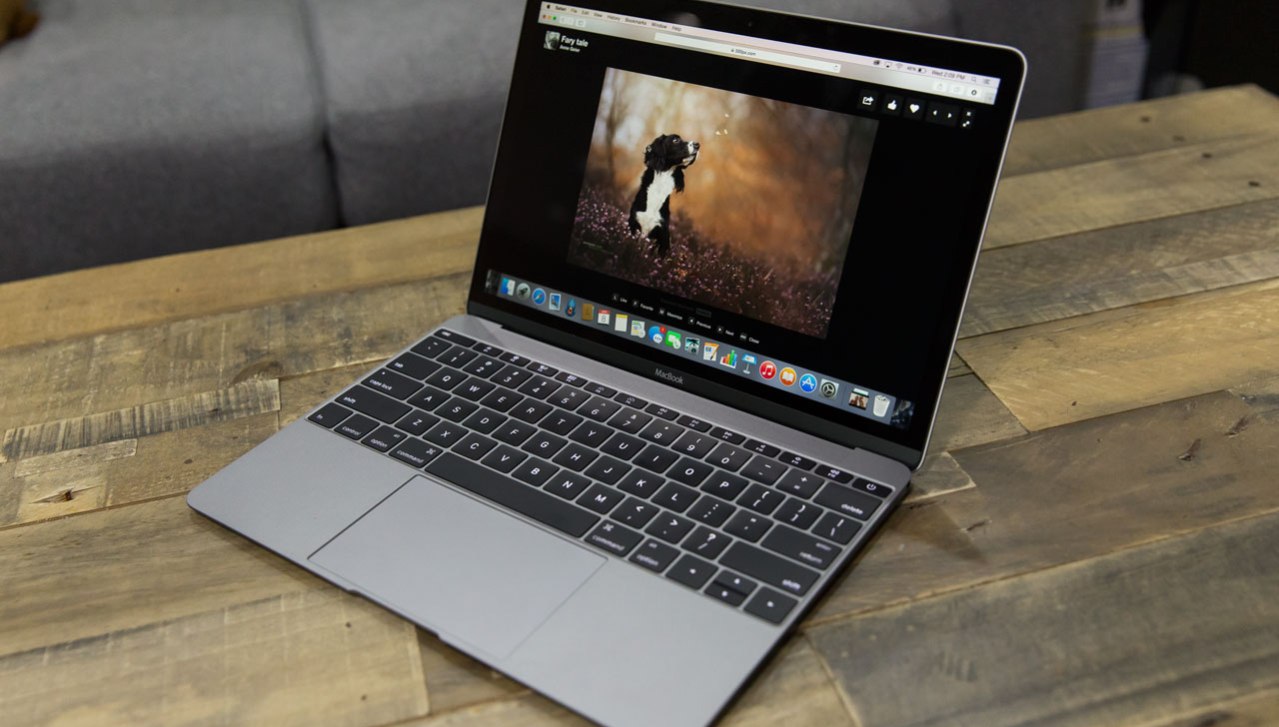Microsoft has just announced at their Build 2015 developer conference that Microsoft Edge is their new web browser for Windows 10, which went under by its code name "Project Spartan" during development.

Microsoft Edge will have features such as built in note taking, making annotations and it will also feature Microsoft's digital assistant, Cortana.
Developers will be able to take their Chrome extensions and Firefox add-ons with just a few changes, bring them to Microsoft Edge. Joe Belfiore showed on demo a Reddit chrome extension, running on Microsoft Edge. Also, web extensions made via HTML and Javascript will also be supported in Microsoft Edge.
In the aesthetics department, Microsoft Edge will have a new tab page, which will be located in the address bar in the middle of the page. It will also include top sites, including if there is an app, and user information. It looks very clean (unlike Internet Explorer)
Windows 10 testers have been able to play with Microsoft Edge's unstable version, Project Spartan for a few weeks now as a part of the newer Microsoft Windows 10 Technical Preview builds.

Microsoft Edge will have features such as built in note taking, making annotations and it will also feature Microsoft's digital assistant, Cortana.
Developers will be able to take their Chrome extensions and Firefox add-ons with just a few changes, bring them to Microsoft Edge. Joe Belfiore showed on demo a Reddit chrome extension, running on Microsoft Edge. Also, web extensions made via HTML and Javascript will also be supported in Microsoft Edge.
In the aesthetics department, Microsoft Edge will have a new tab page, which will be located in the address bar in the middle of the page. It will also include top sites, including if there is an app, and user information. It looks very clean (unlike Internet Explorer)
Windows 10 testers have been able to play with Microsoft Edge's unstable version, Project Spartan for a few weeks now as a part of the newer Microsoft Windows 10 Technical Preview builds.

















